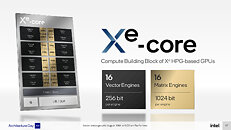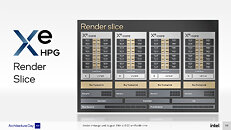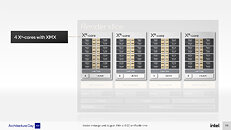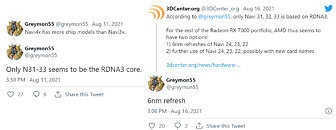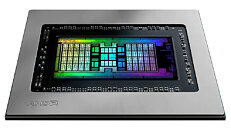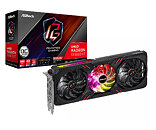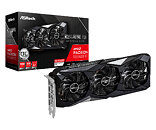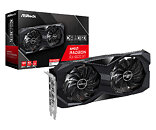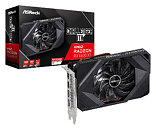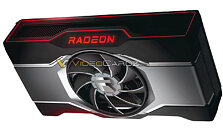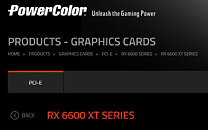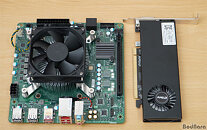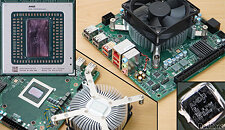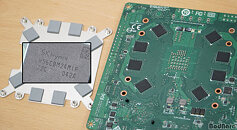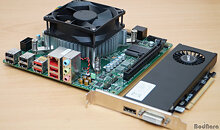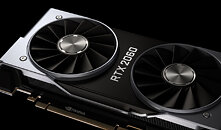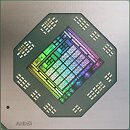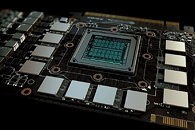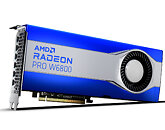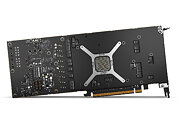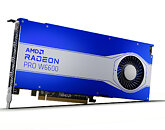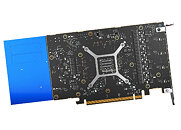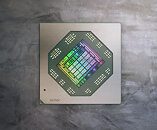
Micron Delivers High-Performance GDDR6 Memory for AMD Radeon RX 6000 Series Graphics Cards
Micron, today announced that its high-performance 16Gb / 16 Gbps GDDR6 memory solution is now available with AMD Radeon RX 6000 Series graphics cards built on the AMD RDNA 2 gaming architecture. Using Micron's advanced 1z process technology, this latest version of GDDR6 enables up to 512 GB/s system performance for demanding applications like gaming and graphics. Today's announcement continues Micron's rich history of innovation and collaboration with industry leaders to deliver breakthrough performance that enables the most advanced gaming solutions.
As graphics and gaming applications become more demanding, so do the requirements for high bandwidth memory and system performance. Modern gamers expect high-resolution, immersive experiences, and GDDR6 delivers with its support of fast frame rates. The result is excellent performance and speed that minimize lag time and provide gamers with lifelike effects.
As graphics and gaming applications become more demanding, so do the requirements for high bandwidth memory and system performance. Modern gamers expect high-resolution, immersive experiences, and GDDR6 delivers with its support of fast frame rates. The result is excellent performance and speed that minimize lag time and provide gamers with lifelike effects.
























